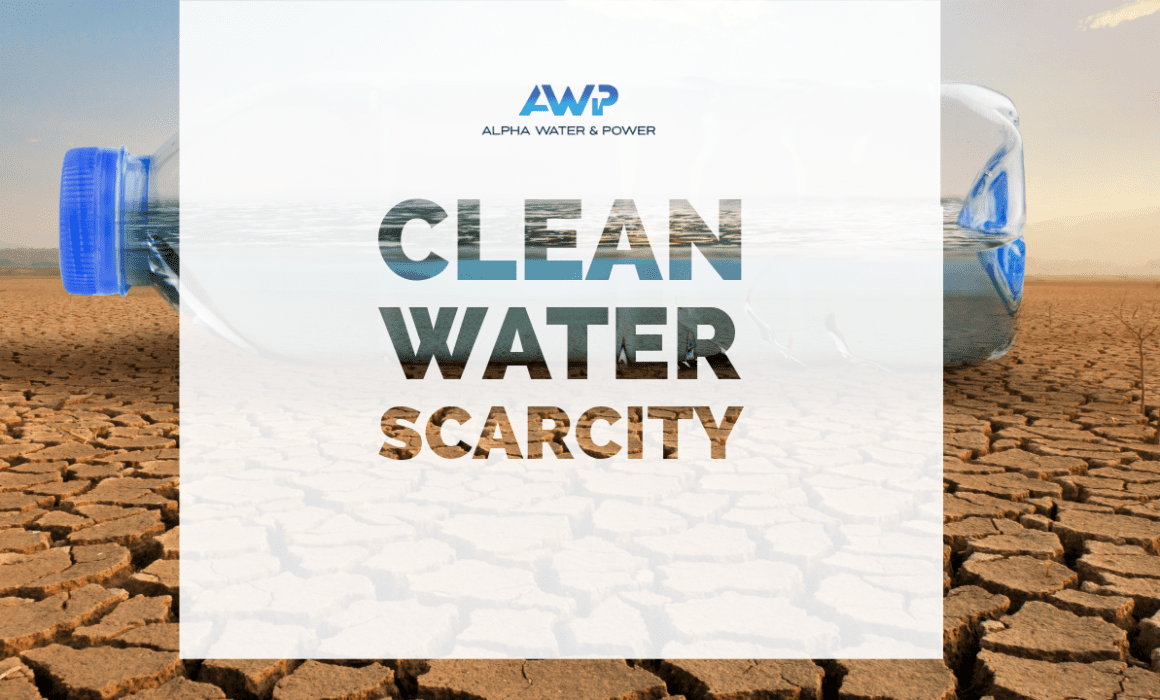The Escalating Challenge of Clean-Water Scarcity: A Future Global Outlook
In an era where water security has become a paramount concern, the interplay between water availability, demand, and pollution has never been more critical. A groundbreaking study conducted by Mengru Wang, Benjamin Leon Bodirsky, Rhodé Rijneveld, and their colleagues, published in Nature Communications, reveals a stark projection: by the 2050s, the number of global river basins facing water scarcity due to pollution is set to triple. Alpha Water & Power delves into this research, shedding light on the future of our most precious resource and the pressing need for integrated water management policies.
Understanding the Study’s Findings:
The comprehensive study by Wang et al. marks a significant advancement in our understanding of future water scarcity. By integrating land-system, hydrological, and water quality models, the research assesses clean-water scarcity across more than 10,000 sub-basins, with a particular focus on nitrogen pollution in rivers. The results are alarming: in 2010, 984 sub-basins were identified as water-scarce due to quantity alone. However, when considering both quantity and quality (nitrogen pollution), this number increased to 2517. Looking ahead to 2050, the situation worsens, with the worst-case scenario projecting 3061 sub-basins as water-scarce, affecting an additional 40 million km² of basin area and 3 billion people.
The Role of Nitrogen Pollution:
Nitrogen pollution emerges as a pivotal factor exacerbating water scarcity. Agricultural intensification and urbanization contribute to excessive nitrogen inputs into aquatic ecosystems, leading to detrimental effects such as harmful algae blooms and fish kills. This pollution limits the safe use of water for drinking and irrigation, thus aggravating scarcity. The study’s findings underscore the importance of addressing water quality, alongside quantity, in future water management strategies.
Global Hotspots and Implications:
The research identifies significant hotspots of clean-water scarcity, including regions in South China, Central Europe, North America, and Africa, where nitrogen pollution levels are particularly high. These areas are characterized by intensive agricultural activities and urbanization, leading to increased nitrogen runoff into rivers. The implications are profound, affecting ecosystems, human health, and food production. The study’s projection that up to 3 billion additional people may face water scarcity by 2050 due to pollution underscores the urgency of implementing sustainable water management practices.
Towards Sustainable Water Management:
The findings of the Wang et al. study highlight the critical need for global policies that integrate water quality and quantity management. Sustainable practices, such as improved agricultural practices, wastewater treatment, and pollution control, are essential to mitigate the impact of nitrogen pollution on water scarcity. Furthermore, the study reinforces the importance of global cooperation and investment in water infrastructure to ensure the availability of clean water for all, in alignment with the United Nations Sustainable Development Goals.
Conclusion:
The study by Wang et al. serves as a wake-up call to the global community, emphasizing the growing challenge of clean-water scarcity due to pollution. As we approach the 2050s, the need for comprehensive and integrated water management strategies has never been more apparent. Alpha Water & Power is committed to raising awareness and promoting solutions that address both the quantity and quality of our water resources. Together, we can navigate these challenges and secure a sustainable water future for generations to come.

